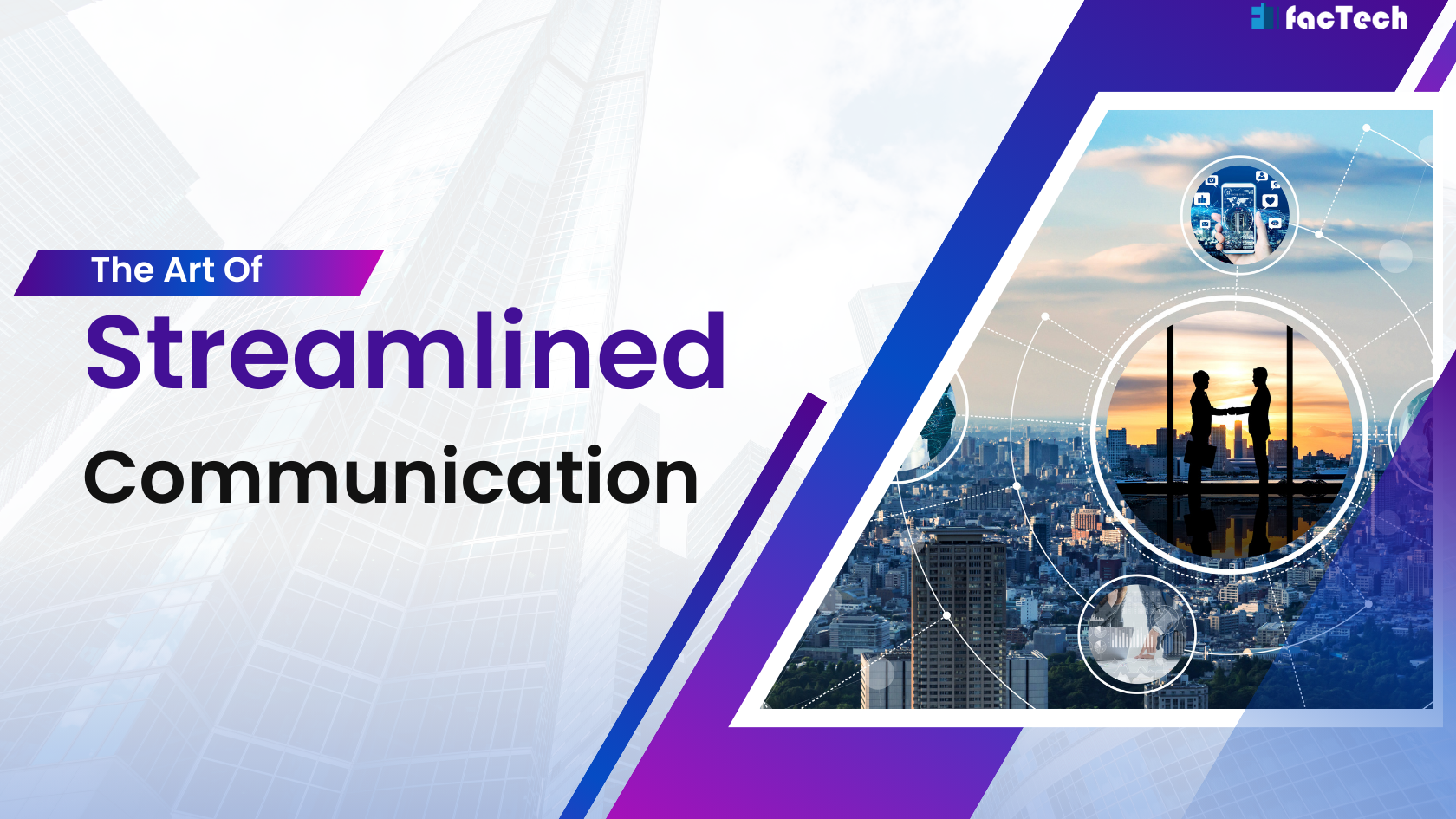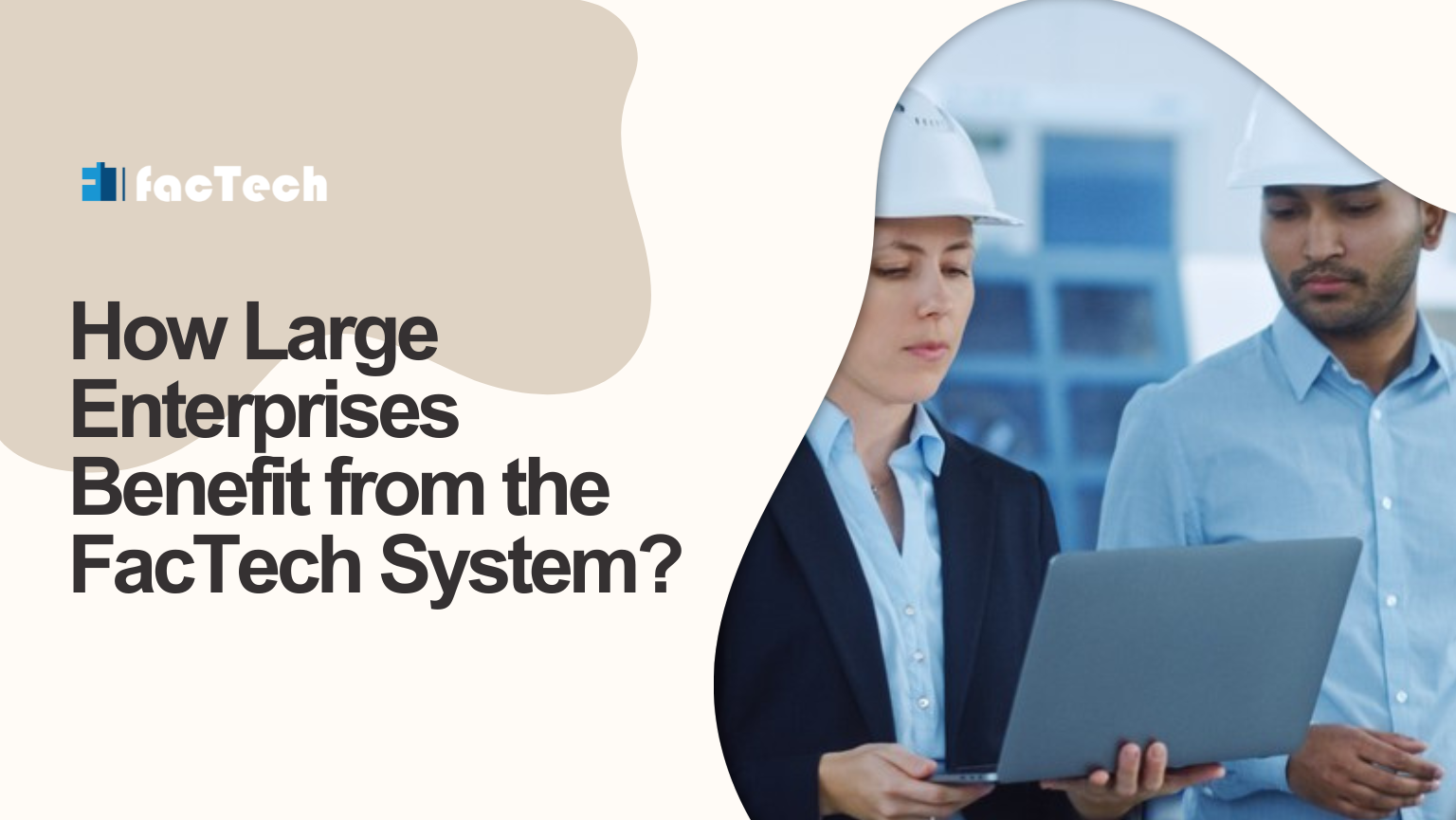What is the Role of BIM in facility management?
What is the Role of BIM in facility management?
In today’s world, where efficiency and sustainability are paramount, Building Information Modeling (BIM) has emerged as a game-changer in the construction industry. But its impact extends far beyond the design and construction phases. BIM plays a crucial role in facility management, transforming how buildings are operated, maintained, and optimized throughout their lifecycles.
What is BIM and how does it benefit facility management?
BIM is a process for creating and managing intelligent 3D models of buildings. These models contain not just geometry, but also rich data about every element within the building, from walls and floors to electrical systems and plumbing fixtures. This comprehensive data becomes an invaluable asset for facility managers, offering several key benefits:
Centralized data repository:
BIM eliminates the need for scattered paper documents and spreadsheets. All building information is housed in a single, accessible location, facilitating easy retrieval and updates.
BIM (Building Information Modeling) has the potential to revolutionize facility management by creating a centralized data repository for all building information. This single source of truth offers numerous benefits, including:
Improved Efficiency and Accuracy:
Consolidated Data: BIM stores information about all building elements, systems, and assets in one place. This eliminates the need to search through multiple databases or paper records, saving time and effort.
Reduced Errors: Having accurate, centralized data minimizes the risk of errors due to outdated or inconsistent information.
Streamlined workflows: Easier access to data facilitates smoother collaboration and communication between different teams involved in facility management.
Enhanced Decision-Making:
Data-driven insights: BIM allows for data analysis and visualization, enabling facilities managers to identify trends, optimize space utilization, predict maintenance needs, and make informed decisions.
Predictive maintenance: By integrating sensor data with BIM, facilities can anticipate potential equipment failures and schedule preventive maintenance, reducing downtime and costs.
Improved space planning: BIM allows for virtual walkthroughs and space optimization analysis, helping facilities managers make informed decisions about space allocation and reconfiguration.
Benefits of a Centralized Data Repository:
Single source of truth: Ensures everyone has access to the same accurate and up-to-date information.
Improved accessibility: Provides easy access to data for authorized personnel regardless of their location.
Enhanced security: Centralized data storage with access control mechanisms improves data security.
Scalability: Can accommodate future growth and expansion of the building and its data needs.
Interoperability: Allows integration with other FM systems and software, creating a connected ecosystem.
Enhanced visualization:
3D BIM models provide a clear understanding of the building’s layout, systems, and components. This visual representation helps facility managers identify potential issues, plan maintenance tasks, and communicate effectively with tenants or maintenance crews.
Building Information Modeling (BIM) has become a game-changer in facility management, and enhanced visualization is one of its key strengths. Here’s how it plays out:
Traditional Facility Management:
Reliant on paper plans, static 2D drawings, and physical inspections.
Difficulty understanding complex systems and spatial relationships.
Time-consuming and error-prone identification of issues and maintenance needs.
BIM-Enhanced Facility Management:
Utilizes a 3D digital model with rich data about building components, systems, and their attributes.
Benefits of Enhanced Visualization:
Proactive maintenance: Identify potential issues and schedule maintenance before breakdowns occur.
Optimizing space usage: Analyze space utilization and identify opportunities for reconfiguration.
Streamlined troubleshooting: Quickly locate and diagnose equipment problems.
Improved communication: Clearly explain issues and solutions to stakeholders.
Reduced operational costs: Improve efficiency and reduce downtime through better planning and maintenance.
Improved space management:
BIM models can be used to optimize space allocation, ensuring efficient use of every square foot. This can be particularly beneficial for managing complex facilities with dynamic space requirements.
BIM (Building Information Modeling) has revolutionized the way buildings are designed, constructed, and operated. In the realm of facility management, BIM offers a powerful tool for optimizing space utilization and maximizing efficiency. Here’s how:
Accurate and detailed information: BIM models provide a single source of truth for all building data, including dimensions, areas, and layouts. This eliminates the need for relying on multiple documents and ensures accurate space measurements, making space planning and allocation much more precise.
Visualization and optimization: BIM allows you to visualize your building in 3D, enabling you to virtually test different layouts, identify underutilized areas, and optimize space allocation based on specific needs. This can lead to significant cost savings by reducing wasted space and maximizing occupancy.
Data-driven decision making: BIM models can be integrated with space management software, providing real-time data on space usage, occupancy trends, and potential inefficiencies. This data empowers facility managers to make informed decisions about space allocation, reconfigurations, and future planning.
Improved collaboration: BIM can act as a central platform for communication and collaboration between facility managers, architects, engineers, and other stakeholders. This transparency facilitates efficient space planning and ensures everyone is working with the latest information.
Additional benefits:
 Simplified maintenance: BIM models can store information about building systems and equipment, making it easier to track maintenance schedules, identify potential issues, and plan for repairs.
Simplified maintenance: BIM models can store information about building systems and equipment, making it easier to track maintenance schedules, identify potential issues, and plan for repairs.
Enhanced occupant experience: By optimizing space utilization, BIM can contribute to a more comfortable and productive work environment for occupants.
Sustainability: BIM can be used to assess the environmental impact of different space allocation scenarios, leading to more sustainable building practices.
Predictive maintenance:
By analyzing data on equipment performance and historical maintenance records within the BIM model, facility managers can predict potential issues and schedule preventive maintenance before they escalate into costly repairs.
BIM (Building Information Modeling) has revolutionized the way buildings are designed, constructed, and operated. When integrated with facility management (FM) and predictive maintenance strategies, it creates a powerful combination for optimizing building performance, reducing costs, and improving occupant experience.
Energy efficiency:
BIM simulations can be used to assess the energy performance of a building and identify areas for improvement. This allows facility managers to implement energy-saving measures and reduce operational costs.
Building Information Modeling (BIM) is rapidly transforming the world of facility management, and its impact on energy efficiency is particularly significant. By creating a digital representation of a building, complete with all its systems and components, BIM offers a wealth of benefits for optimizing energy use and reducing operating costs.
Here’s how BIM contributes to energy efficiency in facility management:
Identifying inefficiencies:
3D Visualization: BIM models provide a clear picture of building systems and their interactions, allowing managers to identify potential energy leaks and inefficiencies, such as poorly insulated walls or inefficient HVAC systems.
Energy Simulation: BIM software integrates with energy analysis tools, enabling managers to simulate energy consumption under various conditions (e.g., weather, occupancy). This helps pinpoint areas of significant energy waste and prioritize improvement efforts.
Streamlining operations:
Preventative maintenance: BIM empowers proactive maintenance by providing information on equipment performance and maintenance history. This helps prevent breakdowns, extend equipment life, and reduce energy waste associated with malfunctioning systems.
Occupancy-based control: BIM integrates with building automation systems, enabling occupancy-based control of lighting, ventilation, and other energy-consuming systems. This ensures efficient energy use even when spaces are unoccupied.
Digital twins and continuous improvement:
Real-time monitoring: BIM data can be used to create “digital twins” – real-time replicas of the building. These twins provide continuous monitoring of energy consumption, allowing for ongoing identification and correction of inefficiencies.
Continuous learning and improvement: By analyzing energy data over time, facility managers can gain valuable insights into building performance and identify opportunities for further optimization. This creates a cycle of continuous improvement for energy efficiency.
Overall, BIM offers a powerful toolkit for facility managers to achieve significant energy savings, reduce operating costs, and contribute to a more sustainable future.
Streamlined communication:

BIM models can be shared with various stakeholders, including tenants, contractors, and emergency personnel, facilitating better communication and collaboration throughout the building’s lifecycle.
BIM (Building Information Modeling) has become a game-changer in facility management, and its impact on streamlining communication is significant. Here’s how:
Real-time collaboration: BIM platforms allow multiple stakeholders to access and modify the model simultaneously. This fosters real-time communication and collaboration, enabling quick issue identification and resolution. Imagine maintenance staff encountering a problem; they can annotate the BIM model, alerting the facility manager instantly for faster response.
Improved visualization: BIM’s 3D capabilities go beyond static plans. Facility managers can utilize interactive models for:
Virtual walkthroughs: Identifying potential issues during planning or showcasing renovations to stakeholders.
Overlays and filters: Isolating specific systems (e.g., electrical) for targeted communication with relevant personnel.
Clash detection: Identifying potential conflicts between different systems before they occur in real life, preventing costly rework.
Enhanced reporting and documentation: BIM generates detailed reports based on the model data. This facilitates clear communication of issues, progress updates, and maintenance history to various stakeholders. For example, facility managers can share maintenance reports with tenants using the model as a visual reference.
 Streamlined workflows: BIM integrates with facility management software, automating tasks and eliminating manual data entry. This frees up time for communication and collaboration, allowing teams to focus on strategic initiatives.
Streamlined workflows: BIM integrates with facility management software, automating tasks and eliminating manual data entry. This frees up time for communication and collaboration, allowing teams to focus on strategic initiatives.
Beyond the core benefits, BIM also plays a vital role in:
Retrofitting and renovations: As-built BIM models provide an accurate representation of the existing building, enabling informed decision-making during renovations and retrofits.
Emergency preparedness: BIM models can be used to create evacuation plans, locate critical equipment, and guide emergency responders during unforeseen situations.
The future of facility management with BIM
As the technology continues to evolve, its integration with other emerging technologies like internet of things (IoT) and artificial intelligence (AI) holds immense potential for the future of facility management. Imagine a scenario where sensors embedded within building systems feed real-time data into the BIM model, enabling AI-powered predictive maintenance and automated optimization of building operations.
Related read: IoT in FMS
Conclusion
In conclusion, BIM is no longer just a design and construction tool. It has become an essential component of modern facility management, empowering professionals to make informed decisions, improve operational efficiency, and ensure the long-term sustainability of buildings. As the industry embraces BIM’s full potential, we can expect to see even more innovative and efficient approaches to managing the built environment.






